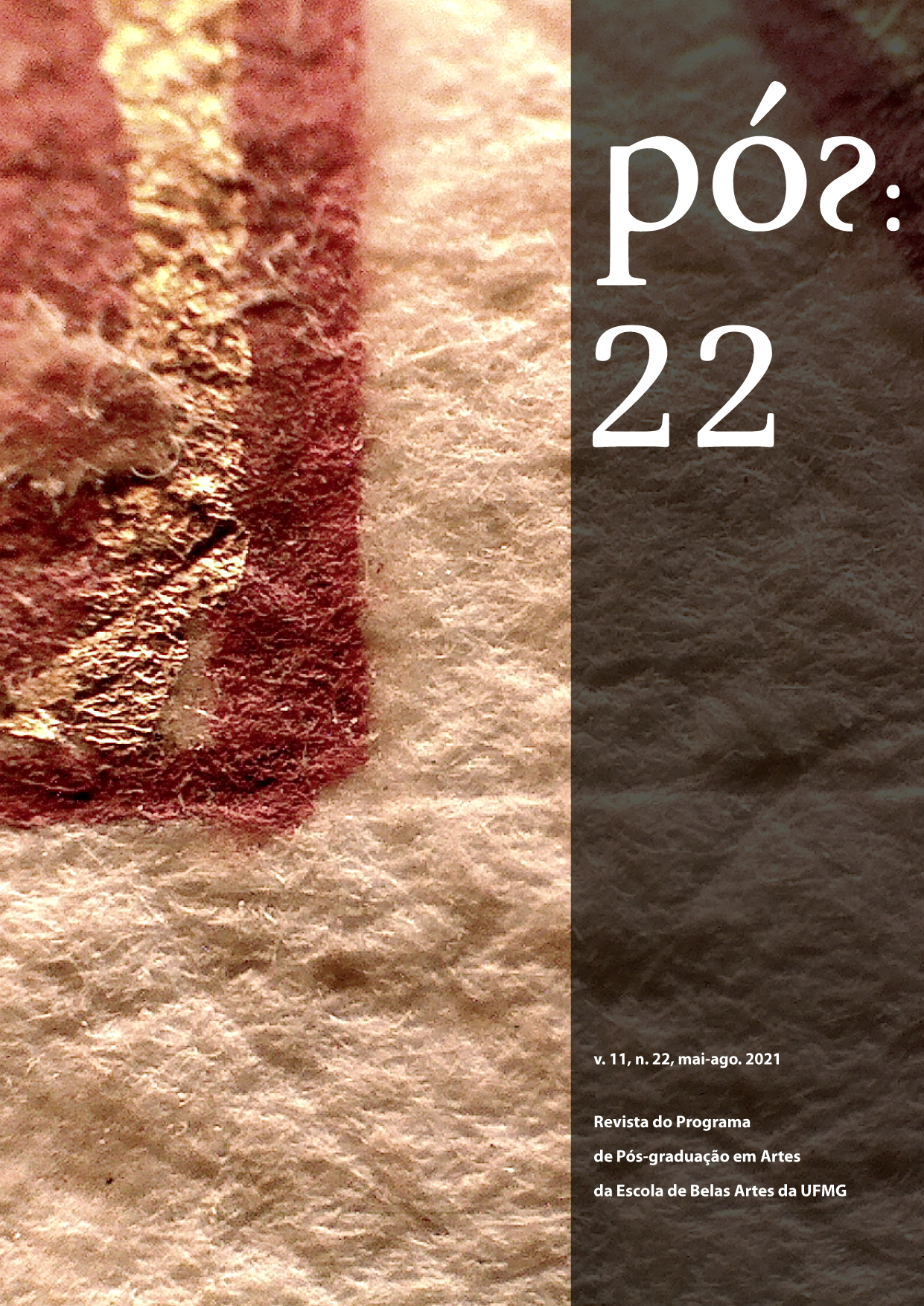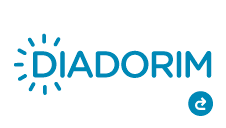Beyond the two-dimensional of the paper
The art of the blind embossing to the handmade paper in contemporary printmaking
DOI:
https://doi.org/10.35699/2237-5864.2021.25812Keywords:
Printmaking, Papermade, Blind EmbossingAbstract
If we want to understand how the volumetric and creative possibilities of paper have been explored, it is important to study one of the artistic disciplines such as printmaking, since it was from this point of view that the artistic community began to break with the two-dimensionality of paper. Under this position, the present text aims to venture into the exercise of tracing how, through printmaking, artists experimented with paper, first using it as a medium for reproducing images, to gradually become a source of experimentation and finally, the piece of art per se. In this sense, we will start from the X century with blind embossing, to talk about the handling of paper pulp in contemporary printmaking.
Downloads
References
ADHÉMAR, Jean. La gravure originale au XXe siècle. París: Aimery Somogy, 1967.
BERENGUER, Amparo. Aplicación de los materiales sintéticos al collagraph. El relieve y el color. 1996. Tesis doctoral – Departamento de Dibujo, Facultad de Bellas Artes, Universidad Politécnica de Valencia, 1996.
FUENTES, José. José Fuentes 2002-2020. Salamanca: Ediciones de la Diputación de Salamanca, 2020. (Serie Catálogos, 234).
GARCÍA RODRÍGUEZ, Amaury A. Cultura popular y grabado en Japón – siglos XVII a XIX. México: El Colegio de México; Centro de Estudios de Asia y África, 2005.
GILMOUR, Pat. The Kenneth Tyler and Tyler Graphics Collection of Contemporary Prints and Multiples 2000. New York: Sotheby’s New York, 2009.
GÓMEZ, José; FUENTES, José. Sublime dolor. José Fuentes Esteve 2008-2011. Salamanca: Fundación Salamanca Ciudad de Cultura y Saberes, 2002.
MEDINA, J. M.; JIMÉNEZ, G.; FUENTES, José. Vello. José Fuentes. Elche (España): Iberoprinter, 2007.
MELIS-MARINI, Felice. El aguafuerte y demás procedimientos de grabado sobre metal. Barcelona: Sucesor de E. Meseguer Editor, 1954.
MERÍN, María Ángeles. La tinta en el grabado. Viscosidad y reología, estampación en matrices alternativas. 1996. Tesis doctoral – Departamento de Dibujo, Facultad de Bellas Artes, Universidad Complutense de Madrid, 1996.
MÍNGUEZ-GARCÍA, Hortensia. Gráfica contemporánea. Del elogio de la materia a la gráfica intangible.Ciudad Juárez: Universidad Autónoma de Ciudad Juárez, 2013.
NEWMAN, Thelma R. Innovative printmaking: The making of two – and three – dimensional prints and multiples. New York: Crown Publishers, 1977.
RAMOS, Juan Carlos. Técnicas aditivas en el grabado contemporáneo. Granada: Servicio de Publicaciones Universidad de Granada, 1992.
RUIZ, María Del Carmen. El molde de bloque como matriz. Una mirada personal al relieve en la gráfica contemporánea. 2008. Tesis doctoral – Departamento de Dibujo, Facultad de Bellas Artes, Universidad Politécnica de Valencia, 2008.
SOLER, Alejandro; GUASCH, Anna María; FUENTES, José. Vello. José Fuentes. Elche (España): Iberoprinter, 2010.
VIÑAS, Ruth. Estabilidad de los papeles para estampas y dibujos. El papel como soporte de dibujos y grabados: Conservación. 1994.Tesis doctoral – Departamento de Dibujo, Facultad de Bellas Artes, Universidad Complutense de Madrid, 1994.
Downloads
Published
Issue
Section
License
Copyright (c) 2021 Hortensia Mínguez García

This work is licensed under a Creative Commons Attribution-NonCommercial 4.0 International License.
Authors who publish in this journal agree to the following terms:
- Authors retain copyright and grant the journal the right of first publication, with the work simultaneously licensed under the a Creative Commons Attribution-NonCommercial 4.0 International License that permits sharing of the work with acknowledgement of authorship and initial publication in this journal;
- Authors are permitted to enter into additional contracts separately, for non-exclusive distribution of the version of the work published in this journal (e.g., the Creative Commons Attribution License).
- Authors are permitted and encouraged to publish and distribute their work online (e.g., in institutional repositories or on their home page) at any point before or during the editorial process, as this may generate productive changes as well as increase the impact and citation of the published work.
- It is the responsibility of the authors to obtain written permission to use in their articles materials protected by copyright law. Revista PÓS is not responsible for copyright breaches made by its contributors.












